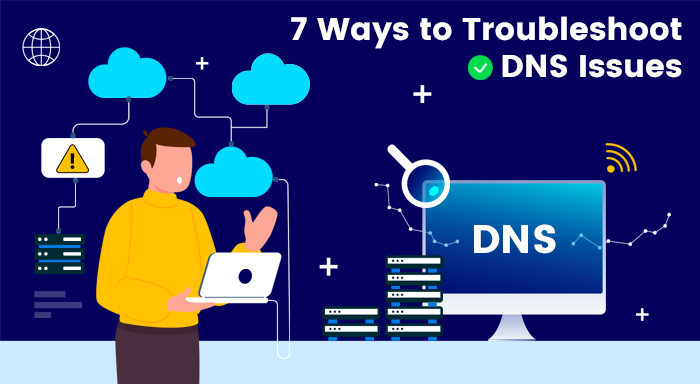When your DNS service is down, you need to find a way to fix it fast. DNS issues can prevent you from using the Internet. If you cannot resolve these errors, you can contact a professional repair service to fix the problem. These technicians can diagnose the problem quickly and effectively. You can read more about DNS troubleshooting tips from Linsey Knerl, a Midwest-based author, public speaker, and member of ASJA. Linsey has a strong passion for helping consumers, especially small business owners.
Traceroute
If you've ever tried to troubleshoot DNS problems, you probably know Ping. You probably first think of Ping when you encounter network connectivity issues. Whether your host is alive or not is determined by the response you get from Ping. But do you know that Ping is also useful for troubleshooting DNS issues related to resolution in 2023? Let's examine some of the different ways to resolve this issue.
Using the Ping command, you can check the route of the packet. It will report the path followed by the boxes as they travel through different networks. To determine whether the network connection is broken, you can send a PING test packet to the device. You're likely experiencing a physical connection issue if there's no response. Alternatively, you can use the traceroute command to determine which routes the packets travelled. This will reveal any misguided boxes that ended up in the wrong place.
A DNS traceroute can reveal additional records. This information helps you determine the exact route that your DNS query took to reach its destination. This method is available for Windows, Linux, and macOS. If you're having problems with DNS on your server, you can try using Traceroute on a Windows computer. Here's a detailed guide for Windows, MacOS, and Linux users. If an issue keeps persisting with DNS servers, you could try this out.
Resetting router
If you are experiencing problems accessing websites, you might consider resetting your router. You can contact your Internet service provider for help if this doesn't solve the problem. If the problem persists, you may consider getting a new router. If all else fails, try restarting your computer and router. Then, try the Internet again. Eventually, you should be able to access websites without problems.
The FBI recently asked users of some routers to reboot their systems. The problem was caused by a virus called VPNFilter, which could collect information and render devices useless. The problem is easily solved by restarting your router, so don't hesitate to try this method. It only takes a very few minutes and is effective in most cases. You can even use this method to resolve a DNS problem.
If rebooting the router isn't working, you can try manually assigning IP addresses. Double-check the addresses and choose the ones you want. Once you have done that, click "Save Settings." You should see the IP address you'd like to assign to each device. You can always contact Help Cloud Technicians for remote support if your device can't resolve the problem.
Misconfigured DNS server addresses
When you receive the message "DNS server is not responding," your internet connection is down. There are several reasons why this may be happening. One of them could be a DNS error or a network issue. Using your internet connection diagnostic software, you should be able to identify which part of your network is the problem. You can try rebooting your system if you do not find the situation in the network diagnostics. You can try restarting your system in Safe mode if all else fails. To do this, press the Shift key and then click Restart. From there, choose Startup Settings and click OK.
Another reason why your DNS server is not responding is that you've misconfigured your DNS server. This issue can be very much caused by many factors, including a poorly configured DNS server. You should change your DNS server to an alternate one to resolve the problem. This process is relatively simple. To apply to the new server, open the Settings menu and click the "Add DNS server" option.
You should try restarting your computer and changing web browsers to see if these fixes help. However, if none of these steps work, you should contact a professional network service. They will diagnose and resolve the issue quickly. If you have been struggling to fix the problem, consider hiring a professional DNS service. These professionals are experienced in troubleshooting issues and can help you get back online quickly.



